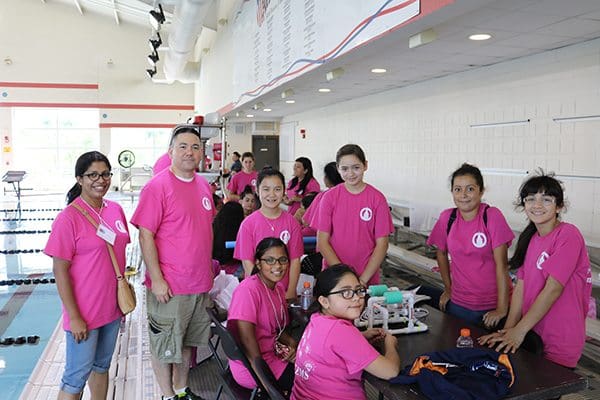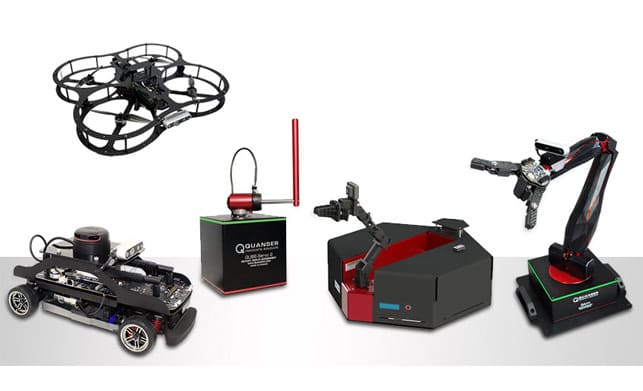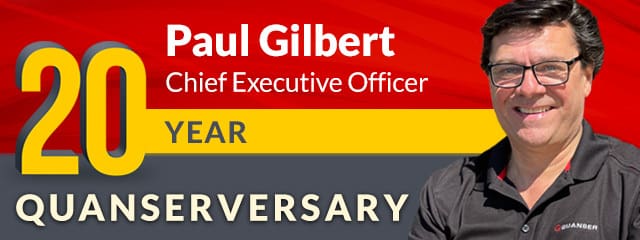
Episode 2: Quanser’s Technological Evolution
When you’ve worked in a technology company for twenty years, it is fun to pause now and again to look in the rear-view mirror and reflect on that journey. I wanted to share where the technology was back in the early 2000s, the advancements we have made, and the trends in research and education that have influenced us as a company.
Over the last 20 years, Quanser has been used in thousands of universities to teach students the fundamentals and advanced skills in controls and robotics. I often wonder how many of the magical advancements we have witnessed coming to market in recent years have been designed and developed by engineers who got their training or did ground-breaking research on Quanser equipment. The spirit of innovation is a constant at Quanser. Our research platforms have been employed in applications like medical robotics, autonomous vehicles, structural control, distributed systems, and many others. Today, our platforms are used to research AI and machine learning for applications ranging from smart cities and factories to mining and logistics services. Over the last two decades, we have developed dozens of solutions, from basic trainers to advanced research platforms. Now that the ideas we have been working on for years are embedded in most modern technology, and the march towards more increasingly connected and complex systems continues, we expect our need to innovate will not slow down. I also know that the fundamental essence of our design philosophy at Quanser has stood the test of time, despite the underpinning of our solutions advancing at a phenomenal speed.
One of the outcomes of working alongside the talent that I have had the privilege to work with at Quanser is that I really did not notice the profound nature of some key technological developments as they were being developed. We simply always strived to get the best out of what was available. I will not be able to do justice to the amazing work the Quanser engineering team has done in this short piece, but a heartfelt thank you to all the talented engineers who have joined us over the years. I want it to be clear that our technological path was certainly not “directed” by me. My contribution has always been to try and understand the challenges our markets face, what applications our technology addresses, and where the value truly lies for our customers. For the 20 years I have been here, our R&D team has always delivered on our promise, with many healthy debates along the way.
I realize I cannot even list all of the products Quanser has developed in the years I have been here, I’ve lost count, and frankly, the blog would be way too long. Instead, I thought it would be interesting to comment on a few technological changes in the last 20 years that have had a noticeable impact on Quanser:
Processing Power
Back when I started in 2002, controls and robotics education was a senior-level elective in most universities or, in some cases, only available at the graduate level. The focus of discussion back then was equipping our key customers, who were all experts in ‘real-time’ control, with the tools and techniques needed to teach effectively. I put real-time in inverted commas deliberately since, back then, it was a hotly debated subject. Do we need to, and can we, provide ‘real-time’ control experiments for undergraduate students for them to fully appreciate feedback control? We took the position that we should provide an experience as close to real-time as possible. However, we had to make it work on an affordable PC platform. We had our customers install a software extension that effectively converted the PC operating system into a Real-Time Operating System (RTOS). It was a brilliant solution, but by today’s standards, the installation and management of the software tools we provided were difficult, to say the least. The solution was so good that even some researchers, who are by nature very demanding, started to use this as an alternative to more expensive and elaborate RTOS environments for their research. Then, slowly but surely, the processor speeds for off-the-shelf PCs got better and better, and the need for a software extension to take over the PC operating system disappeared. By around 2006 or 2007, we became confident enough in PC performance to remove the need for additional software installation. This transition had a significant effect on our ability to make our solutions much more appealing to a broader set of potential educators and researchers.
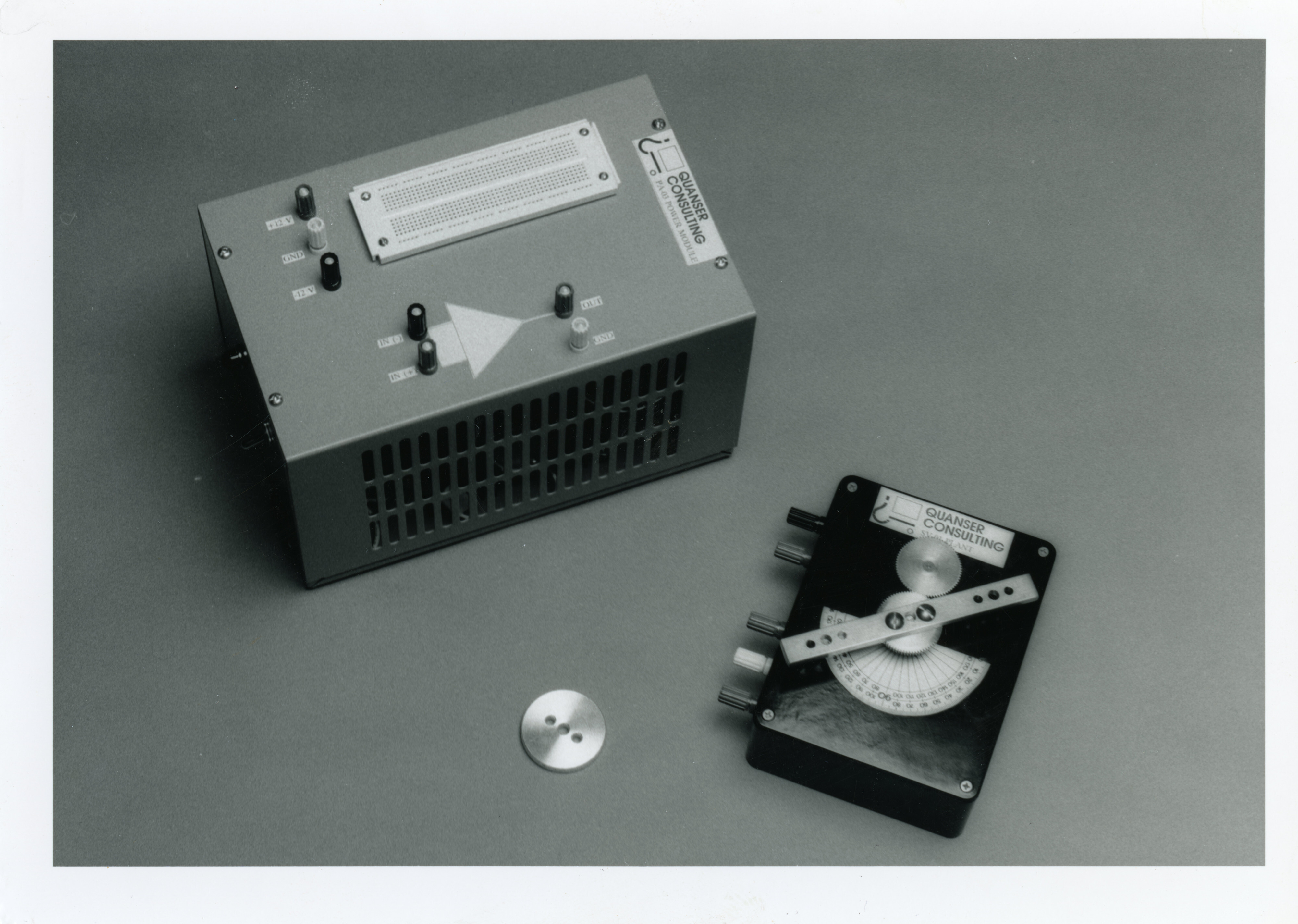
USB Communications
When I joined Quanser, the only way to connect to our hardware experiments was to take one of our data acquisition boards, open your PC and install the board on the standard PCI bus. While our boards were very high-performance and met the needs of serious educators and researchers, it was quite the exercise to install, configure and commission a Quanser system. In my mind, every additional operation required when setting up a Quanser system, such as installing real-time software and plugging in a data acquisition board, was an additional barrier to a great customer experience. In addition, we had no way to connect to laptop computers that were becoming more prevalent at universities. Then, around 2008 or 2009, we started looking more closely at the possibility of using USB technology. Our engineering team found a way to exploit a proprietary approach to USB for high-speed communication enabling us to introduce our USB-based data acquisition devices, which were portable, external to the computer, and much more affordable. Now our clients enjoy a simple and more flexible way to connect to our hardware.
Smart Phones
The other day, I read a headline: “Lidar used to cost $75,000 – here’s how Apple brought it to the iPhone”. Back in 2005, we started aggressively researching autonomous vehicles, both flying and ground versions. We did advanced research on reconfigurable and collaborative control that was awesome, and much of it ahead of its time, if I do say so myself. We had a problem, though. The way to bring this technology to market and enable many institutions to take advantage of our developments is ultimately to make affordable platforms. Well, as it happens, the iPhone was released in 2007, and with it came a step-change in the availability and cost of all kinds of electronic components needed for smartphones as the market simply exploded. The sensors (IMU’s, lidar, etc.), devices (cameras), the onboard computer, and even the I/O used by our flagship Autonomous Solutions (QDrone and QCar) are all now available at a fraction of the cost they were a little over 15 years ago. Naturally, we adopted and integrated all of the components we could into our solutions and have never looked back.
There are more developments that I could point to, such as the incredible advances in graphics development tools that have enabled us to launch state-of-the-art virtual labs. They have had a significant impact on how we provide the kinds of solutions to the academic community that we do, but I’ll save that story for another time.
Instead, I thought it would be good to comment on the philosophy that Quanser has always endeavored to apply to our platforms, regardless of their use. This is critically important as I believe it sets us apart from others and allows Quanser to make the bold claim that we are the only company to provide many of our solutions. I am happy to say that this philosophy goes back to the founding of the company in 1989, more than ten years before I started in 2002.
In this way, nothing has changed at Quanser. Our equipment (and now virtual assets) always have and always will reflect the Quanser Design Principles:
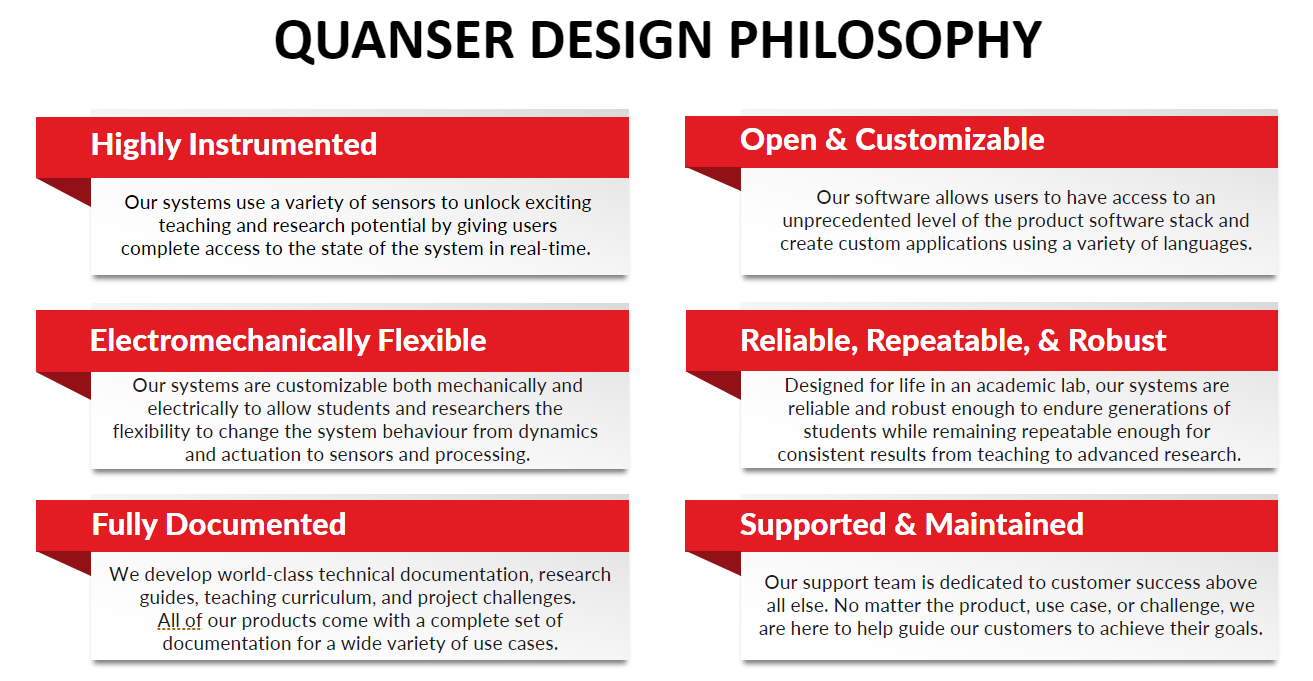
I am humbled and proud of the technological achievements Quanser has made over the last 20 years. I feel a real sense of pride when I contemplate how many young students our technology has influenced and how much leading research has been validated on our systems. I am also inspired to think about what we will be able to achieve in the future to support the modern needs and trends in the academic community. But what motivates me the most about being the CEO at Quanser is the remarkable group of people that I get to work with every day at the company and the incredible culture we developed. I can’t wait to share my thoughts with you in my next blog. Stay tuned.

